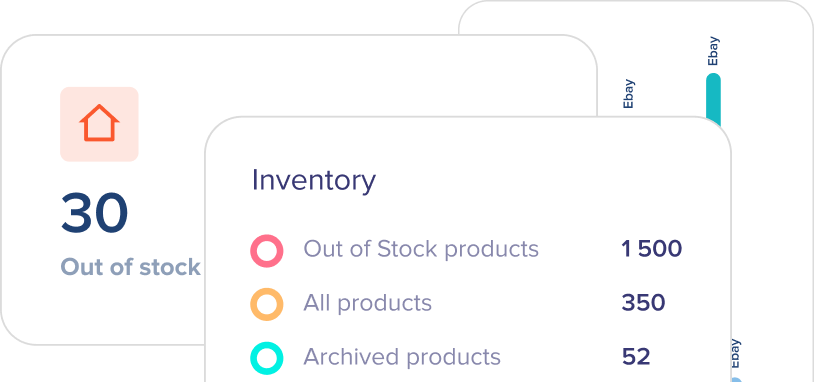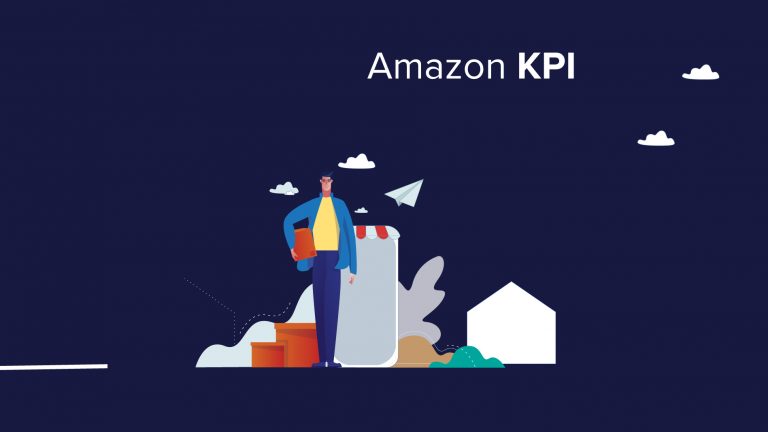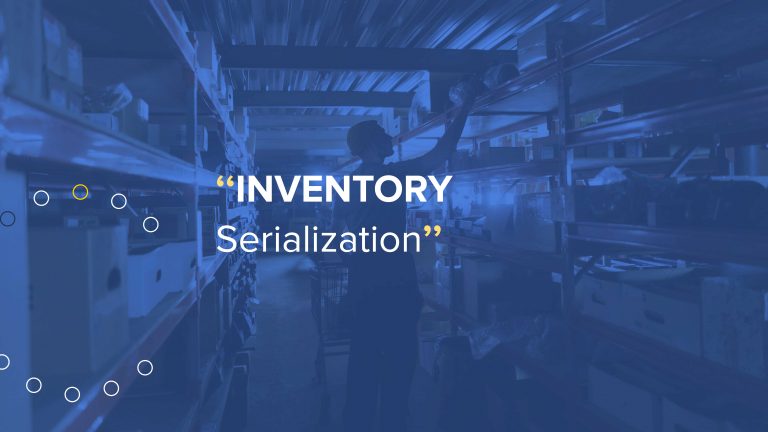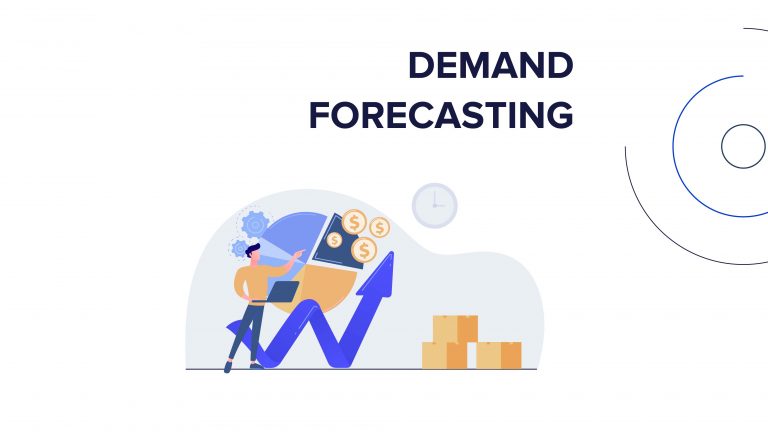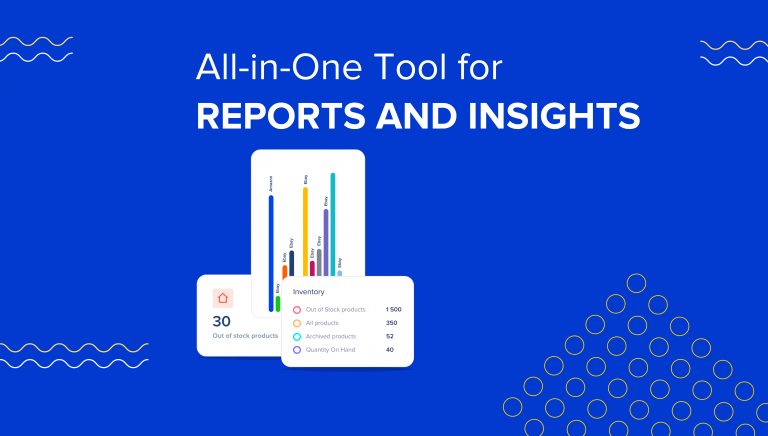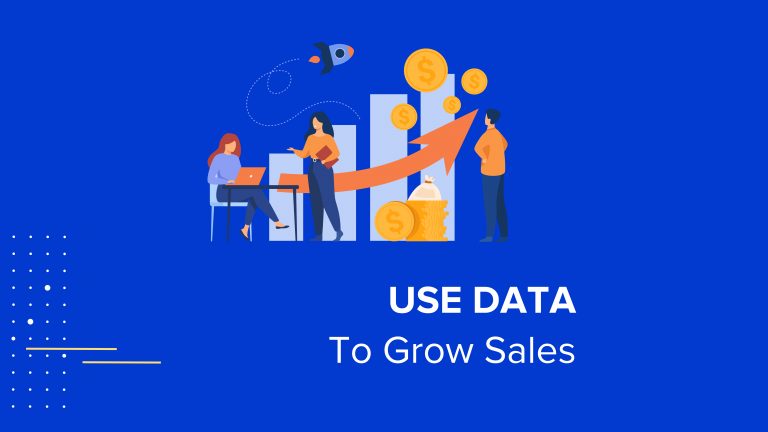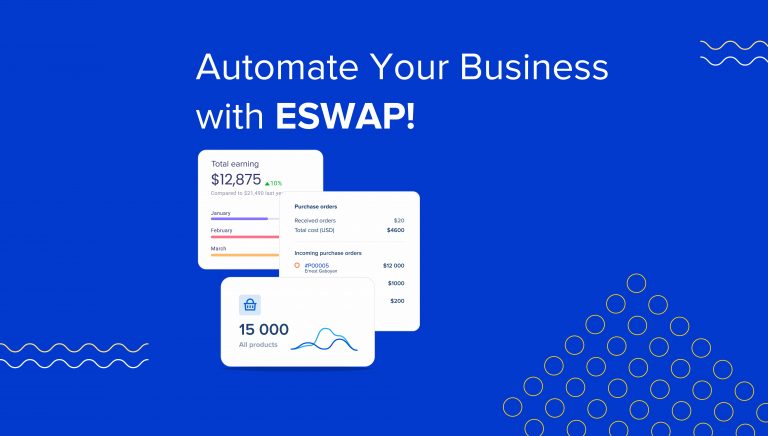Average Order Value (AOV) helps the sellers understand the amount of money that every customer spends per transaction to purchase a product.

It is an important KPI (Key Performance Indicator), which plays a vital role together with Customer Lifetime Value and eCommerce Conversion Rate.
Average Order Value is a universal term in the world of eCommerce to describe the minimum costs that the sellers spent on the management of their inventory in terms of costs reduction and minimization of order cancellation or backorder mishappenings.
Calculation of Average Order Value: The AOV Formula
Average Order Value is a simple metric referred to the understanding of the eCommerce sales growth revenue increase. This metric is easy to calculate. There are only two common things for making the calculations – the total revenue of your sales and the number of orders for a specific period of time.
Calculate the AOV easily by dividing the Total Revenue of your sales to the Orders’ Number, and there’s the Average Order Value for your purchases.
Here’s the Formula to Calculate the Average Order Value for your Sales:

Here’s an example of the Average Order Value Calculation.
Let’s assume your online store generates $5000 at the end of each month, and you receive 500 orders which practically means that your AOV will be 10. Note that the Average Order Value is determined with the help of the sales per order.
There’s a special peculiarity about AOV, as it’s determined with sales per order, not by sales per customer. In addition to it, AOV doesn’t factor the profit margin or gross profit. AOV is not determined with the calculation of sales per customer but sales per order.
Average Order Value plays a vital role in determining the decision-making process, even though it doesn’t factor in profit margins or gross profit.
Here are the main insights AOV gives to support your decision-making process:
- Customer/Buyer Persona Information
- Purchase Trends
- Buyer Spending Habits
- Product Pricing Insights
- Store Layouts Data
AOV is a Key Performance Indicator acting as an important factor for all the types of businesses doing it online or offline.
Tips to Increase your Average Order Value
As we can assume, AOV has a huge impact on the overall process of business sales performance. The average seller on Amazon should recognize the importance of the AOV metrics to convince its customers to spend more on buying their products.
Here are the main methods an average Amazon seller could use to increase the AOV for their Amazon sales performance.
- Sell via Bundling the Products
- Become a Cross-seller or an Upseller
- Free Delivery Offers
- Use “Limited Edition” for Priced Items as a Marketing Tool
Sell via Product Bundling
Selling via Product Bundling could be a great marketing tool to increase your Average Order Value. As a buyer, having a chance to make more purchases and spending less money on the products per sale is an ultimate dream.
If you are an Amazon seller and manage to create impressive product bundles to attract the customers to buy more items that would cost less if they bought the same products separately, you’ll have increased chances to grow your Amazon Average Order Value.
When the sellers bundle the products on sale, they automatically increase their value for their products. The ideal method to bundle the products is to propose the seller’s product packages where the items are interrelated and would supplementary serve the main purchase purpose.
Become a Cross-seller or an Upseller
Upselling and cross-selling would serve as another tool to make more purchases in giving the customers the chances to buy more products, complimenting them to serve an intended purchase intent.
Let’s see what you can do to make your Upselling Strategy work:
- Upselling should be helpful and genuine to your customers as nobody likes feeling they are being sold to. Your selling needs should be helpful for your customers, and they should find the products valuable.
- Offer the customers chances to purchase more products by offering them low-value upsells. Imagine yourself as a customer purchasing goods from $60-$120 and convincing to buy more only offering an extra $30 to buy another complementary product instead of $100 deal. These tactics will support your upselling to be more efficient, and buyers’ motivation will be higher.
- Use Shopify App Store where you can find many apps helping to increase Average Order Value (Zipify OCU) as well as create post-purchase promotional offers (Superbump Post Purchase Upsell)
Free Delivery Offers to Increase your Average Order Value
It is quite understandable that many retailers consider offering free delivery thresholds quite challenging. However, if you apply this strategy properly, you’ll have an increase in your AOV.
For example, if you notice that your customers buy a certain product at $40 and it costs you around $5.00 for the delivery, you could set a product free delivery at $50. This strategy will be beneficial if you display the required amount needed to offer free delivery.
Use “Limited Edition” for Priced Items as a Marketing Tool
Offering the customers time-sensitive deals is a perfect option to increase the Average Order Value. The same will work for the “Limited Edition” product offers. Creating the ultimate urgency for your customers will be the ultimate tool to boost customer motivation to purchase more products. Imagine offering a product for a 48-hour deal plus the options to get special gifts or discounts.
Time-sensitive deals work at their best during the slower purchase periods. Time-sensitive deals should have proper promotions as well such as banner notifications on your website to have high efficiency.
eSwap, as an Inventory Management Software, offers Integrations with sales channels like Amazon, eBay, accounting services like Xero & Quickbooks, Shipping Integrations like USP, FedEx, DHL Express, UPS, ShipStation and many other tools helping you to manage your inventory from a single platform.
Our software is a comprehensive solution helping to avoid the difficulties in managing your Inventory and assisting you to concentrate on your business growth other than putting your time and energy into managing your Inventory.
